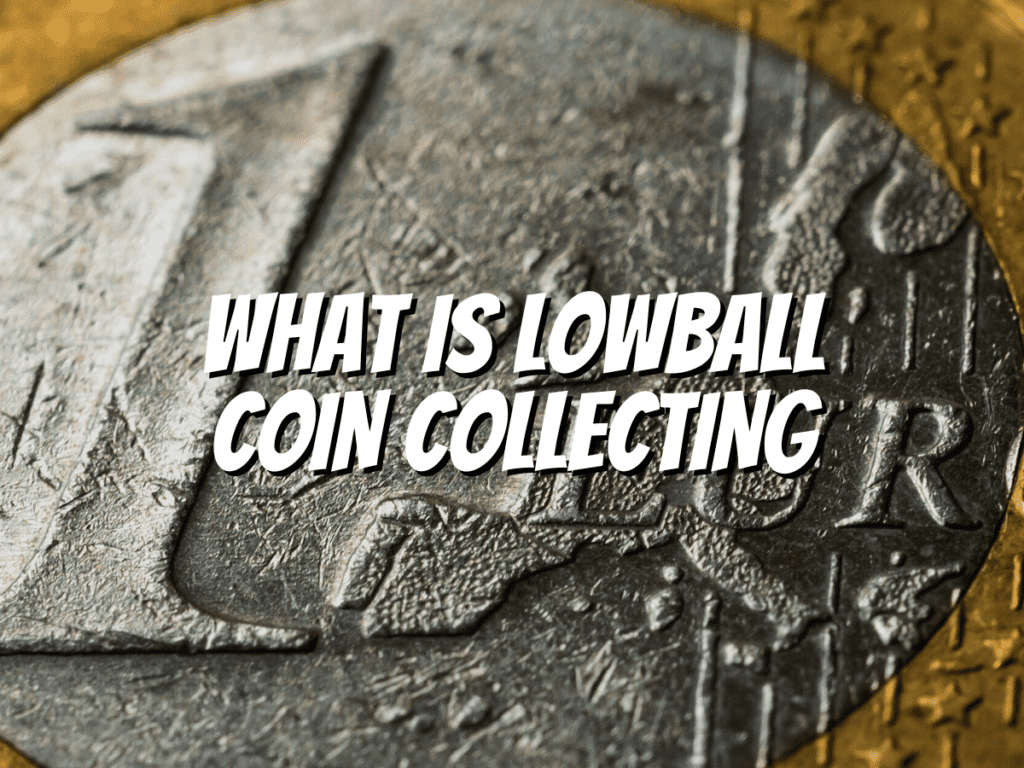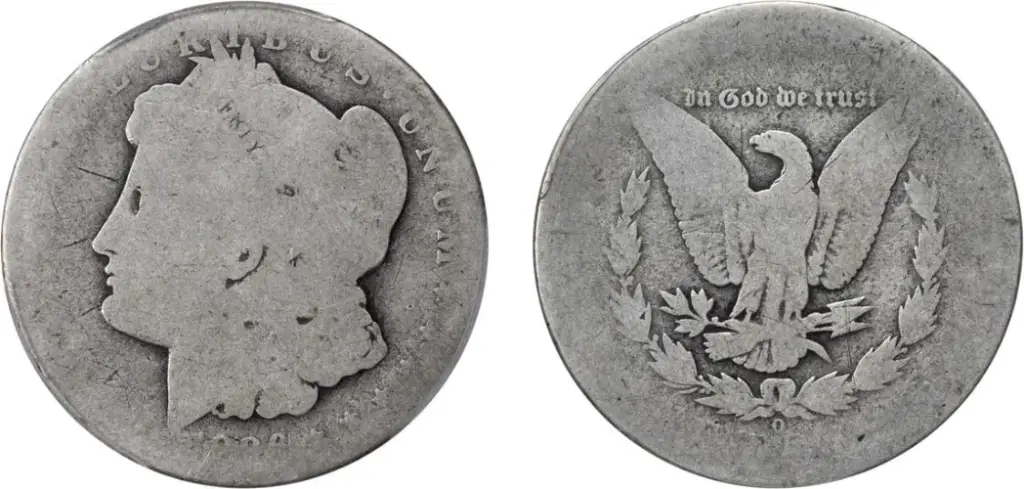There are certain terms in the numismatic world, like what is lowball coin collecting, that would make you curious, and you start doing your research, right?
Well, that’s what I did! In this article, I’ll explain lowball coins and whether they are worth collecting.
What is Lowball Coin Collecting?

It’s not uncommon for coin collectors to dedicate years, or even decades, to crafting the ideal PCGS Registry Set.
More often than not, this would mean collectors pursuing coins in the highest possible grade. But there is a small but increasing number of collectors who strive to collect sets of coins with the lowest possible grade.
Perfection isn’t measured by a “70” but rather by a “1,” as it’s often the case. Getting a coin-graded PO01 can be as challenging as pursuing a PCGS MS70.
Lowball Collecting has emerged as a significant area of numismatics in recent decades. According to some reports, a few collectors and dealers were already pursuing lowball coins as a formal hobby by the 1980s.
According to longtime lowball collector Christopher Lane, the origins of collecting extremely worn coins may date back more than a century.
I’d reckon there were collectors in the 1800s who stashed away worn-out coins they found interesting. Let me tell you about PCGS Hall of Famer Michael Hoyman.
He’s one of the pioneers in the lowball genre, and he started with lowball Morgan Dollars well over a decade ago.
I believe that the popularity of it has significantly increased over the last five years, and it has gained significant attention in the last two years.
What Defines a Lowball Coin?
So, the perfect lowball coin would have been worn down to the extent that the design is almost flat but can still be recognized in terms of its type, date, and mintmark.
Well, folks, many low-value coins tend to be in the Poor-1 (P1) to About Good-3 (AG03) range. Of course, there’s a bit of wiggle room in that range for modern coins or series that weren’t used as much.
Folks, if you’re a lowball collector, you have to watch out for coins that may have been modified to appear heavily circulated instead of genuinely worn ones.
As lowball collecting gains popularity and low-population PO01 coins fetch thousands of dollars, we’re seeing an increase in the prevalence of artificially worn coins. Folks, just a friendly reminder for all you collectors out there. It’s best to focus on purchasing lowball coins certified by PCGS.
Their team of experts can easily differentiate between a coin that has naturally worn over time and an artificially aged one.
Is Lowball Coin Collecting Popular?
Well, people, let me tell you that although there are many coin collectors out there who would love to get their hands on a shiny, flawless coin that’s been graded as “MS 70” and sealed in plastic, there’s a group of collectors who are passionate about assembling a collection of the lowest grade coins possible.
It may not be for everyone, but it’s a thrilling pursuit for these dedicated few. Many people begin their coin collection by gathering commonly used coins often found in their pockets.
The Professional Coin Grading Service (PCGS) has also joined the trend of collecting coins with the lowest grades by introducing the lowball registry set.
Can you imagine assembling a whole collection of Morgan silver dollars that grade below Good-4? Well, you see, lowball coin collectors usually don’t bother getting their coins authenticated and slabbed by PCGS or any other third-party coin grading companies.
However, it can be quite an interesting challenge for any coin collector who likes to think outside the box.
Are Lowball Coins a Good Investment?

Well, it’s pretty obvious that when someone buys a lowball coin, they usually do it to complete their coin collection rather than making a smart investment decision to retire early. Those coins can be pretty pricey!
Many coin collectors desire lowball coins, especially when they can’t afford better examples of coins.
During tough economic times, a lowball coin looks even more desirable to a coin collector on a tight budget.
Well, everyone, let me tell you this: predicting the future value of any coin is downright impossible. However, I can say that if you’re considering buying a lowball coin for your collection, you should only do it because you genuinely want it.
Don’t buy it with the hope of making a profit from selling it later. But you see, my friend, every coin has its market, no matter how big or small, so when the time comes for you to upgrade your coin collection, rest assured that there will always be a willing buyer waiting for you.
Before you go…
Lowball coins are certainly very interesting. Next time you see a coin in a low condition, think of what it’s been through! I think that is one of the amazing things about lowball coins! As you see how a coin ages through circulation and the history it holds!
Check out my next article: “What is a Slick Coin?“
Related Articles:


